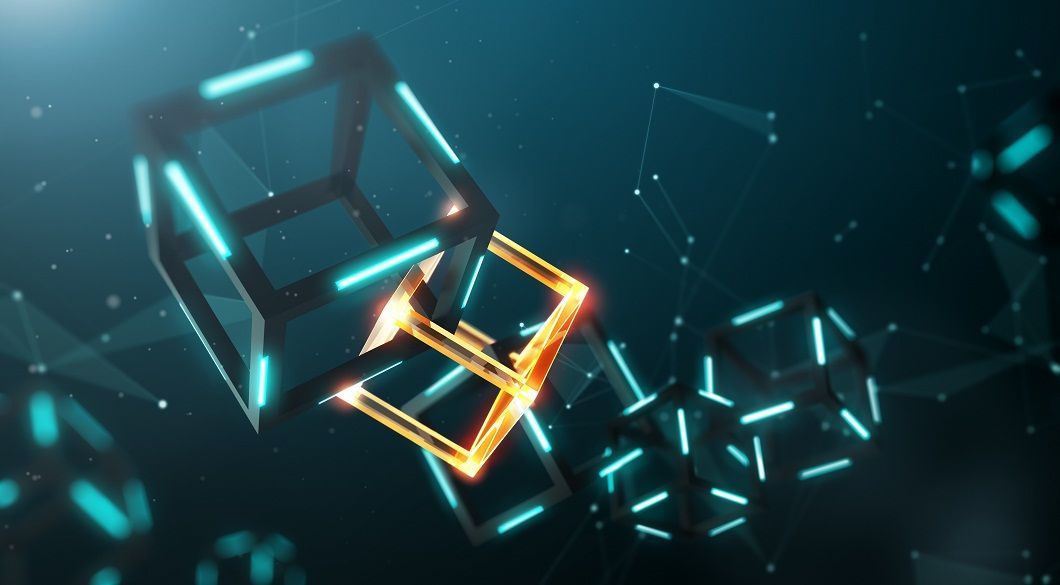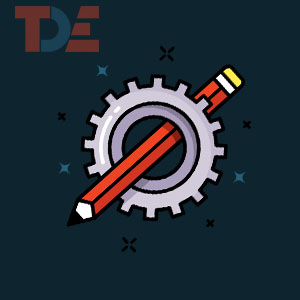Why Blockchain is not the Panacea for All IoT Inefficiencies

Blockchain or distributed ledger technologies (DLT) have gained major visibility for enterprise operations in recent years. However, there are still significant roadblocks ahead for its convergence with IoT tech in organizations. The architecture of connected devices sharing sensitive data lends itself to a certain amount of vulnerability – a chink in the armor of a network could lead to a cascading effect in case of a breach. Blockchain’s decentralized structure and system of transaction records provide a certain amount of transparency and security. However there are certain practical challenges that come in the way of blockchain and IoT convergence.
One of the most common obstacles faced by DLTs and IoT convergence is the inability to scale and meet the security and service requirements of a vast chain of connected devices in high-data volume environments. Its limitations tend to affect IoT’s data processing, management and analytics systems, which by its very nature are local rather than on the cloud. Besides this, the transaction fees involved in DLT and costs incurred in case of downtime can prove to be expensive for scaling IoT in convergence with blockchain.
Security issues, especially the scope of securely and reliably connecting with multiple IoT networks is a challenge for DLT. While blockchain was designed to provide secure transactions, transparency and visibility of data and interoperability and exchange of this data, IoT’s need for extensive connectivity poses challenges when sharing permissions, access and integration with other devices.
Interoperability is a considerable hurdle to overcome for DLT, and customization of the blockchain tech to incorporate IoT can mar its effective functioning across shared architectures. Not to mention the cultural hurdle that the coming together of IoT and DLT poses. Businesses tend to take a more competitive approach rather than a collaborative one. However, this digital shift needs to be more interdependent. For a blockchain-IoT convergence, several multidisciplinary stakeholders need to come together for shared operational frameworks to ensure cost-effectiveness. Without the ‘network effect’, the benefits of bringing these two technologies together will be limited.
When it comes to compliance and regulations, IoT is riddled with legal uncertainties in data ownership, privacy and access, among other things and enterprise-level blockchain too, faces several policy and legal questions including monetary regulations. While not a replacement for governance, DLT introduces new ways to encode rules and bring about consensus.
While both IoT and DLT are still in the exploratory stages for enterprise adoption, IT functions within organizations must work towards evolving them gradually, as there are more benefits and challenges. While IIoT is giving the manufacturing industry an unprecedented edge, blockchain has several parties playing decision-makers in its operational and financial considerations. This is bound to affect market dynamics that ultimately pose a challenge to the IoT-blockchain convergence. Though organizations must analyze how the two can be deployed to achieve the business roadmap, it’s critical that available tech solutions, needs and risks involved in the convergence of IoT and DLT are brainstormed, before looking upon blockchain as a solution to IoT’s inefficiencies owing to its ability to create a framework of trust.


 By
By 








